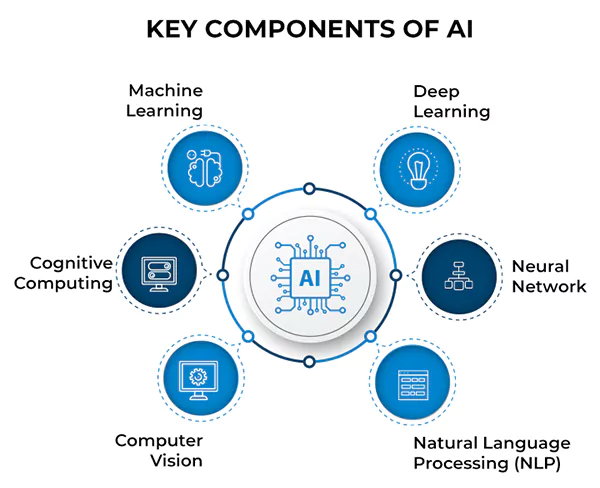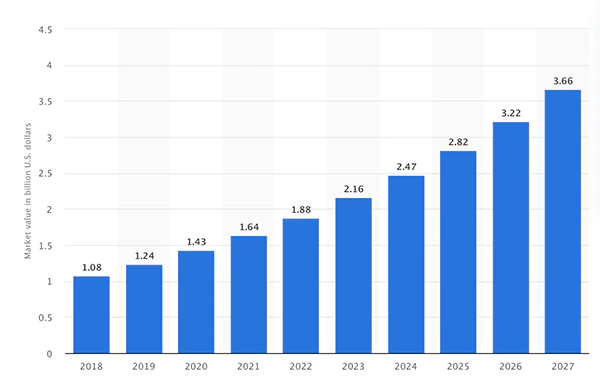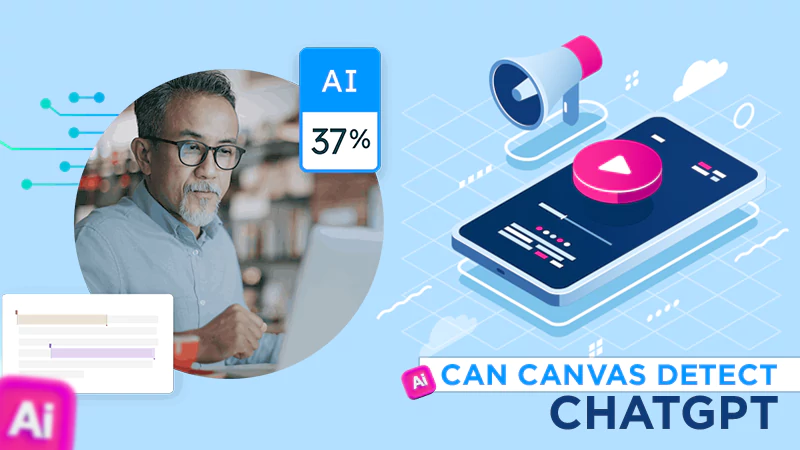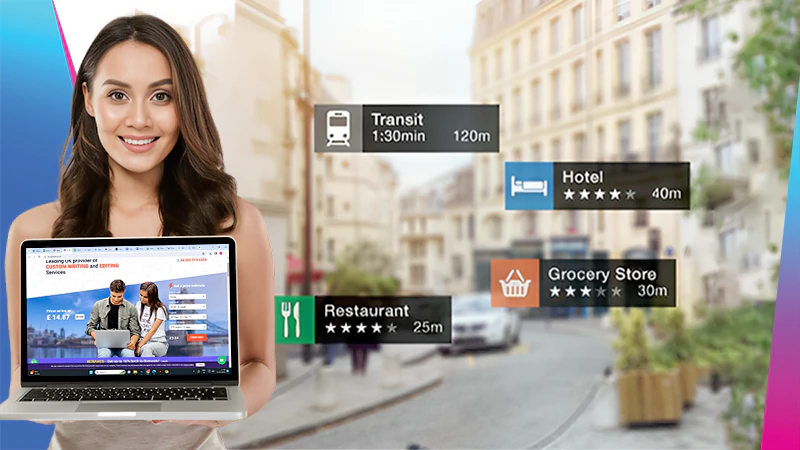The Future of VDRs: Predictions and Trends for 2024 and Beyond
In a world where digital transformation is permeating various areas of business, virtual data rooms are becoming an integral part of information-sharing and transaction processes.
VDRs are capable of transforming the future since the art of data visualization has evolved into an essential tool.
In simple words, this technology transforms intricate information into intuitive, engaging visuals, which consequently aids in quick comprehension.
Developments in technology and security are driving the evolution of data rooms, shaping a future that promises improved standards of efficiency and reliability.
Despite this, in this article, you can explore what the future holds in data visualization, and predicting trends.
Join us in envisioning a data-driven future from AI-powered insights to real-time updates.
The Future of VDR in the Context of Cost And Security
The cost of data room software is a factor to consider for their future.
As technology progresses and competition grows, their pricing is anticipated to become more affordable.
Interesting Fact:
In the past, more than 70% of VDR’s revenue was made from the 5 largest firms in the market.
This affordability will enhance the appeal of VDRs, across companies, including medium-sized businesses (SMBs).
Other than that, they also offer greater convenience. For instance, it provides great convenience in terms of document organization, searchability, and ease of use.
Maintaining security has always been a concern when dealing with information. The future of online data rooms holds the promise of security measures through advancements.
- Advanced Encryption Techniques: This includes using high-strength cryptographic algorithms that can effectively resist modern hacking techniques.
Data encryption in the VDR will act as a strong shield, keeping information safe in transit and storage.
- Multi-Factor Authentication: is a security technique that adds a layer of protection, by requiring forms of identity verification.
It can include a combination of passwords, biometrics, or RFID keys.
By implementing this method the authentication process becomes more challenging, for individuals, thus enhancing the security and resilience of the system.
- Data Leakage Protection Technologies: The use of advanced leak protection technologies includes systems that monitor, analyze, and automatically respond to suspicious activity.
Such technologies not only prevent potential threats but can also provide real-time alerts and audit information.
These technological advancements will make them a reliable tool for sharing sensitive information.
By utilizing advanced encryption, multi-factor authentication, and data leakage protection technologies, VDRs will provide the high security required for storing and transmitting sensitive information.
This will create trust among users, making VDRs a reliable and secure environment for handling sensitive information in a variety of business scenarios.
Use of Artificial Intelligence And Other Technologies

In the future, AI and machine learning are expected to play a significant role in VDRs.
This unique integration will automate repetitive tasks, improve document classification, and even predict possible protection vulnerabilities.
Advances in artificial intelligence and machine learning are opening up new possibilities for conducting du jour procedures in VDRs.
Do You Know?:
North America conquered the virtual data room market with a share of more than 35% in 2019.
What’s more? Automated tools will be able to analyze content, identify risks, and ensure a high level of accuracy and reliability of information.
This will significantly improve the efficiency of the verification processes and the sharing of sensitive information within virtual data rooms.
With the advancement of online technology, its future is geared towards a more integrated online experience.
Are you able to access this technology online? Yes, you heard it right. Virtual data rooms will be easily accessible online, making collaboration and information-sharing processes easier.
This will reduce the time it takes to finalize transactions and improve the overall efficiency of business processes, making them more flexible and accessible from anywhere in the world.
Comparison of Current VDR Systems And Future Platforms
With the emergence of new players in the VDR market, it is becoming more difficult to compare and choose the right platform.
So, how the future gonna look like? Well, VDR is predicted to bring a variety of features and capabilities, expanded analytical tools, and the introduction of more flexible pricing plans.
Nonetheless, these changes are aimed at meeting the diverse needs of customers in a fast-paced digital business space.

Statistics:
According to the latest research, the revenue generated by virtual data rooms globally is projected to grow from a little over $1 billion in 2018 to $3.66 billion in 2027. However, it represents growth at a CAGR of 12.9% over 10 years.
In addition, its comparison covers not only security and functionality aspects but also new pricing models.
With the variety of features of future VDRs, one can expect a better match to the requirements of specific business processes.
Therefore, it promotes more flexible and efficient use of VDRs across industries and companies.
With these trends in mind, it is vital for businesses to carefully review and compare the VDR solutions on offer to select the best platform to meet their needs and expectations in the long term.
This approach will help ensure the successful adoption of VDR technologies and efficient business operations in the digital age.
We offer a comparison table on current VDR systems and future platforms:
| Comparison Aspects | Current VDR Systems | Future VDR Platforms |
| Security Level | Advanced encryption methodsMulti-factor authenticationInformations leak protection technologies | Quantum cryptographyIntegration with machine learning for anomaly detection |
| Integration and Management | Integration with various tools (project management, cloud services) | Deep integration with artificial intelligence |
| Interface and User-Friendliness | Intuitive user interface | Flexible and intuitive features, personalized interface options |
| Cost of Usage | Diverse pricing plans | More affordable tariffs due diligence virtual data room to infrastructure optimization |
| Analytical Capabilities | Basic analytical tools | Advanced analytical capabilities, risk forecasting |
| Compatibility and Network Integration | Integration with various OS and cloud platforms | Maximum compatibility with future technological standards |
Virtual data room services are expected to expand in the future.
From integration with project management tools to advanced analytics capabilities, VDRs will provide comprehensive services to meet enterprise needs.
Conclusions
Staying ahead of the curve necessitates comprehending trends and teamwork.
With new technologies evolving, organizations are expected to harness the full potential of these innovations.
Cost, security, and new technologies will make them a key element of successful business in the digital age.
However, the future of virtual data room services promises to transform the way companies share and handle sensitive information.
Also Read: How Virtual Data Rooms are Revolutionizing Due Diligence








